2016’s Top Celebrity Health Stories- Part 1
2016 will in many ways be an unprecedented year. Not only for national and international events that shaped it, but for what seems like an unfathomable number of celebrity deaths. We lost legendary stars of music, sports, and entertainment. Although we will cover only a small number of these deaths in Part 1 and 2 of our year end celebrity health summary, all will be missed.
Prince Dies of a Prescription Drug Overdose
On April 21, 2016, rock icon Prince, 57, was found dead found dead in an elevator at his Paisley Park studios. Earlier in the month, Prince postponed two concerts in Atlanta because of ill health, saying that he had “the flu.” After performing on April 15, his jet made an emergency landing in Moline, Illinois. Prince was taken to an emergency room by ambulance. It was later revealed that Prince overdosed on that plane and that first responders gave him a shot of Narcan, a drug used to reverse opioid overdose. He later left the ER against medical advice.
Investigators found prescription drugs at the Purple Rain singer’s home, and an autopsy later confirmed that Prince died of an accidental overdose of the synthetic opioid fentanyl.
What is Fentanyl?
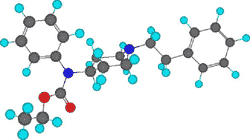 Fentanyl is a powerful synthetic opiate analgesic similar to, but 50 to 100 times more potent than morphine. It is typically used to treat patients with severe pain, or to manage pain after surgery. It is also sometimes used to treat people with chronic pain who are physically tolerant to opiates.
Fentanyl is a powerful synthetic opiate analgesic similar to, but 50 to 100 times more potent than morphine. It is typically used to treat patients with severe pain, or to manage pain after surgery. It is also sometimes used to treat people with chronic pain who are physically tolerant to opiates.
When prescribed by a physician, fentanyl is often administered via injection, transdermal patch, or in lozenge form. However, the type of fentanyl associated with recent overdoses was produced in clandestine laboratories and mixed with (or substituted for) heroin in a powder form.
Mixing fentanyl with street-sold heroin or cocaine markedly amplifies its potency and potential dangers. Effects include: euphoria, drowsiness/respiratory depression and arrest, nausea, confusion, constipation, sedation, unconsciousness, coma, tolerance, and addiction.
Olympians Sport “Pepperoni Bruises” on Their Bodies
What are those pepperoni-like bruises on the shoulders of Olympic superstar Michael Phelps?
Seems like many athletes, including US gymnast Alex Naddour and Belarus swimmer Pavel Sankovich are sporting the telltale marks of cupping.
Cupping
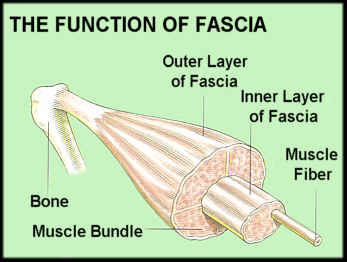 Cupping is one of the oldest methods of traditional Chinese medicine, going back at least 2000 years. In cupping, local suction is created on the skin; practitioners believe this mobilizes blood flow and removes toxins which promotes healing.
Cupping is one of the oldest methods of traditional Chinese medicine, going back at least 2000 years. In cupping, local suction is created on the skin; practitioners believe this mobilizes blood flow and removes toxins which promotes healing.
In cupping, an area of low pressure is created next to the skin by the cup. This draws the skin into the cup, lifting the muscle fascia and pulling it away from the underlying sub-fascia. It also increases blood flow to the underlying area.
The cups can be various shapes including balls or bells. Plastic and glass are the most common materials used today, replacing the horn, pottery, bronze and bamboo cups used in earlier times.
Does it work?
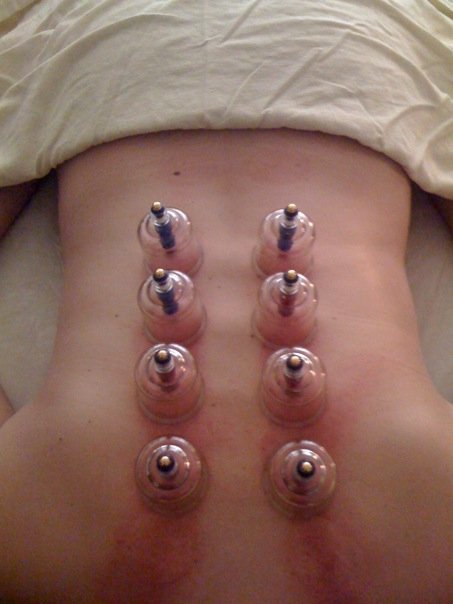 Unlike many other health fads, cupping has been subjected to a considerable amount of scientific investigation. Studies have looked at its use in a wide variety of ailments, including low back pain, herpes zoster (shingles), cancer pain, and migraine headaches.
Unlike many other health fads, cupping has been subjected to a considerable amount of scientific investigation. Studies have looked at its use in a wide variety of ailments, including low back pain, herpes zoster (shingles), cancer pain, and migraine headaches.
Although many studies have been done, many are considered of “low methodological quality” by scientists who have reviewed them. However, the same reviewers state that “cupping has potential effect in the treatment of herpes zoster and other specific conditions” but that more rigorously designed trials are necessary.
Updated reviews in the past couple of years (Cao and Liu, Chen et.al) still find that many studies are done using suboptimal scientific methods. Cao and Liu, however do conclude that their analysis “showed cupping therapy combined with other TCM (traditional Chinese medicine) treatments was significantly superior to other treatments alone in increasing the number of cured patients with herpes zoster [shingles], facial paralysis [Bell’s Palsy], acne, and cervical spondylosis.
Fortunately, the studies have also revealed that cupping has no serious side effects (although some skin burns have been described).
Shannen Doherty and Amber Marchese Battle Breast Cancer
Beverly Hills 90210 actress Shannen Doherty, 45, was diagnosed with breast in March 2015. She had felt a lump in her breast earlier than this, but she was unable to see her physician because she did not have health insurance (an issue which lead to a lawsuit against her former management company). In May 2016, she underwent a mastectomy. Unfortunately, the cancer had spread to her lymph nodes (and possibly beyond) which also required radiation and chemotherapy. In July posted pictures documenting the process of shaving her head as her hair was falling out due to chemotherapy.
Real Housewives of New Jersey and Marriage Boot Camp: Reality Stars celebrity Amber Marchese was diagnosed with cancer in 2009 at the age of 31. She underwent a bilateral mastectomy, followed by four months of strong chemotherapy, a year and a half of immunotherapy and six years of tamoxifen.
Six years later, in April 2015, she felt a lump in her right breast (she had originally undergone a double skin-sparing mastectomy with a TRAM flap). Marchese was shocked when a biopsy came back as cancer. She underwent surgery to remove the tumor. Radiation therapy followed this – a treatment she did not undergo the first time around.
Marchese also received Herceptin (trastuzumab) and Perjeta (pertuzumab) infusions every three weeks. These two drugs are used in the treatment of HER2+ breast cancer. About 20 percent of breast cancers are in this category. HER2 stands for “human epidermal growth factor receptor number 2. The HER2 gene is amplified in this form of breast cancer and acts like an accelerator for cancer cells. These drugs block the actions of this gene.
Marchese received her last doses of chemotherapy in early September 2016: “ I’m clean, I’m clear and I’m just ready to get on with life,” Amber told People magazine.
The Zika Virus Threatens the Olympics
In a July interview with ESPN, Detroit Tigers pitcher Francisco Rodriguez, said that he had experienced the Zika virus firsthand. He said he would advise any athletes traveling to the 2016 Rio Olympics to “Do your homework.”
Rodriguez, 34, who spends his off-season back home in Venezuela, contracted the virus this past year. He told ESPN that he was laid up for two weeks with severe body aches, joint pain, headaches as well as a myriad of other symptoms. Rodriguez said it took over two months before he finally felt like himself again.
Several athletes, including golfers Jason day and Rory McIlroy withdrew from the Olympic games because of the fear of Zika infection. However, the World Health Organization announced that no Zika infections were reported in Brazil during the games, either among athletes or visitors.
According to the Centers for Disease Control (CDC), Zika is a viral infection spread mostly by the bite of an infected Aedes species mosquito (Ae. aegypti and Ae. albopictus). These mosquitoes bite during the day and night. Zika can be transmitted through:
- Mosquito bites
- From a pregnant woman to her fetus
- Sex
Many people infected with Zika virus won’t have symptoms or will only have mild symptoms. The most common symptoms of Zika are
- Fever
- Rash
- Joint pain
- Conjunctivitis (red eyes)
Other symptoms include:
- Muscle pain
- Headache
Symptoms can last for several days to a week. People usually don’t get sick enough to go to the hospital, and they very rarely die of Zika. Once a person has been infected with Zika, they are likely to be protected from future infections. There is no vaccine or medicine for Zika.
Zika infection during pregnancy can cause a birth defect of the brain called microcephaly and other severe fetal brain defects. Other problems have been detected among fetuses and infants infected with Zika virus before birth, such as defects of the eye, hearing deficits, and impaired growth. There have also been increased reports of Guillain-Barré syndrome, an uncommon sickness of the nervous system, in areas affected by Zika.
Heart Disease Took These Beloved Celebrities
Actress/Author/ Mental Health Advocate Carrie Fisher, 60, died four days after suffering a cardiac arrest on a flight from London to Los Angeles. It was believed that she had suffered a massive heart attack. Although she received advanced life-saving care from paramedics who met the flight, she ultimately died after being treated in the intensive care unit at Ronald Reagan UCLA Medical Center.
Fisher had been in London to promote her most recent book, The Princess Diarist, in which she revealed a 3-month affair with co-star Harrison Ford on the set of Star Wars.
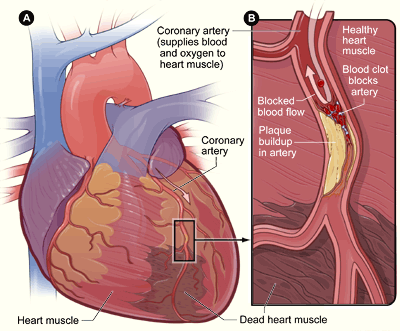 A heart attack is the common way of saying that a person suffered a myocardial infarction. This means that the blood supply to the heart muscle (myocardium) became blocked, depriving the heart muscle of oxygen. The muscle dies and the heart stops functioning normally. The heart’s blood supply comes from three major blood vessels, called the coronary arteries, which can become blocked by build-up of cholesterol called a plaque. If one of the smaller tributaries of these blood vessels become totally obstructed, a small area of heart muscle is affected, but with immediate medical attention, this is quite survivable. Total blockage of larger coronary arteries may cause enough damage to cause sudden death.
A heart attack is the common way of saying that a person suffered a myocardial infarction. This means that the blood supply to the heart muscle (myocardium) became blocked, depriving the heart muscle of oxygen. The muscle dies and the heart stops functioning normally. The heart’s blood supply comes from three major blood vessels, called the coronary arteries, which can become blocked by build-up of cholesterol called a plaque. If one of the smaller tributaries of these blood vessels become totally obstructed, a small area of heart muscle is affected, but with immediate medical attention, this is quite survivable. Total blockage of larger coronary arteries may cause enough damage to cause sudden death.
Florence Henderson, 82, played one of America’s favorite TV moms, Carol Brady, on The Brady Bunch. It was a shock to many when her death was announced on November 24, only a few days after being seen in the audience at the finale of Dancing with the Stars, a show on which she herself had been a contestant. The cause of death was heart failure.
Heart failure was also the cause of death of “Unforgettable” singer Natalie Cole, 65, in January. Cole battled health issues for many years, many as a result of years of intravenous drug abuse. Through that use she contracted Hepatitis C, which severely damaged her kidneys and required a kidney transplant in 2009.
Heart failure is a condition in which the heart can’t pump enough blood to meet the body’s needs. In some cases, the heart can’t fill with enough blood. In other cases, the heart can’t pump blood to the rest of the body with enough force. Some people have both problems.
Heart failure develops over time as the heart’s pumping action grows weaker. The condition can affect the right side of the heart only, or it can affect both sides of the heart. Most cases involve both sides of the heart.
Right-side heart failure occurs if the heart can’t pump enough blood to the lungs to pick up oxygen. Left-side heart failure occurs if the heart can’t pump enough oxygen-rich blood to the rest of the body.
Right-side heart failure may cause fluid to build up in the feet, ankles, legs, liver, abdomen, and the veins in the neck. Right-side and left-side heart failure also may cause shortness of breath and fatigue (tiredness).
The leading causes of heart failure are diseases that damage the heart. Examples include coronary heart disease (CHD), high blood pressure, and diabetes.
Another shocking celebrity death occurred on December 13, with the death of Growing Pains actor Alan Thicke. Thicke, 69, collapsed while playing hockey at the Pickwick Gardens ice rink in Burbank, CA. He died shortly after leaving the ice rink, presumably of a massive heart attack. But the autopsy report, obtained by People magazine, revealed that Thicke had suffered a “ruptured aorta” caused by a “standard type A aortic dissection.”
In aortic dissection, damage to the innermost layer of the aorta allows blood to dissect its way into the underlying layers. Over time, the wall of the blood vessel balloons out. This weakens the wall of the aorta. If it reaches a critical point, the wall can rupture, leading to sudden death.
Debbie Reynolds Dies of a Broken Heart
As if it wasn’t enough to lose Carrie Fisher after 4 days of prayers that she might survive that massive heart attack….
It’s inconceivable that we’d wake up to the news that her mother, legendary actress/singer/dancer Debbie Reynolds died a day after her daughter’s death.
And yet…
Todd Fisher announced that his mother died at Cedars-Sinai Medical Center Wednesday evening after being rushed to hospital complaining of difficulty breathing:
“She’s now with Carrie and we’re all heartbroken. She said, ‘I want to be with Carrie. And then she was gone.”
Fisher added that the stress of his sister’s death “was too much” for Reynolds.
Is there such a thing as dying of a broken heart? Actually, yes.
According to the National Institutes of Health, broken heart syndrome is a condition in which extreme stress can lead to heart muscle failure. The failure is severe, but often short-term.
Most people who experience broken heart syndrome think they may be having a heart attack, a more common medical emergency caused by a blocked coronary (heart) artery. The two conditions have similar symptoms, including chest pain and shortness of breath. However, there’s no evidence of blocked coronary arteries in broken heart syndrome, and many people have a full and quick recovery.
Broken heart syndrome is a recently recognized heart problem. It was originally reported in the Asian population in 1990 and named takotsubo cardiomyopathy. In this condition, the heart is so weak that it assumes a bulging shape (“tako tsubo” is the term for an octopus trap, whose shape resembles the bulging appearance of the heart during this condition). Cases have since been reported worldwide, and the first reports of broken heart syndrome in the United States appeared in 1998. The condition also is commonly called stress-induced cardiomyopathy.
The cause of broken heart syndrome is not fully known. In most cases, symptoms are triggered by extreme emotional or physical stress, such as intense grief, anger, or surprise. Researchers think that the stress releases hormones that “stun” the heart and affect its ability to pump blood to the body. (The term “stunned” is often used to indicate that the injury to the heart muscle is only temporary.)
People who have broken heart syndrome often have sudden intense chest pain and shortness of breath. These symptoms begin just a few minutes to hours after exposure to the unexpected stress. Many seek emergency care, concerned they are having a heart attack. Often, patients who have broken heart syndrome have previously been healthy.
Women are more likely than men to have broken heart syndrome. Researchers are just starting to explore what causes this disorder and how to diagnose and treat it.
How is broken heart syndrome different from a heart attack?
Symptoms of broken heart syndrome can look like those of a heart attack.
Most heart attacks are caused by blockages and blood clots forming in the coronary arteries, which supply the heart with blood. If these clots cut off the blood supply to the heart for a long enough period of time, heart muscle cells can die, leaving the heart with permanent damage. Heart attacks most often occur as a result of coronary heart disease (CHD), also called coronary artery disease.
Broken heart syndrome is quite different. Most people who experience broken heart syndrome have fairly normal coronary arteries, without severe blockages or clots. The heart cells are “stunned” by stress hormones but not killed. The “stunning” effects reverse quickly, often within just a few days or weeks. In most cases, there is no lasting damage to the heart.
Because symptoms are similar to a heart attack, it is important to seek help right away. You, and sometimes emergency care providers, may not be able to tell that you have broken heart syndrome until proper testing is done.
Stay tuned for Part 2…





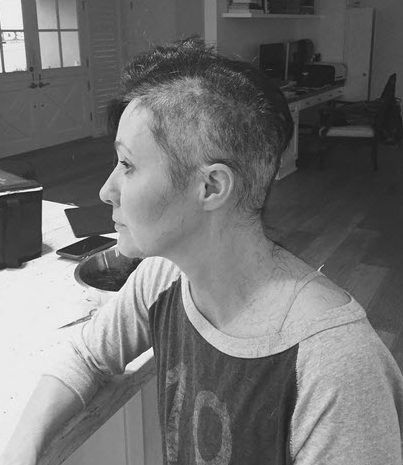

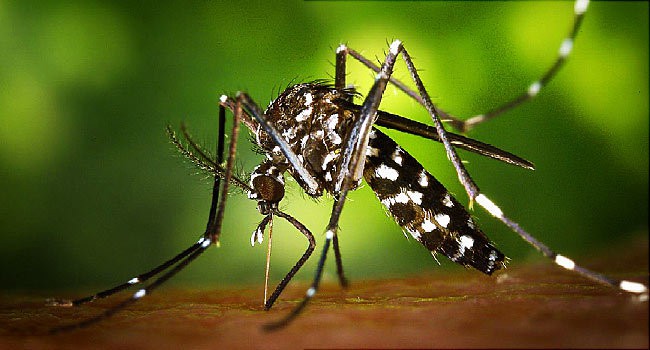









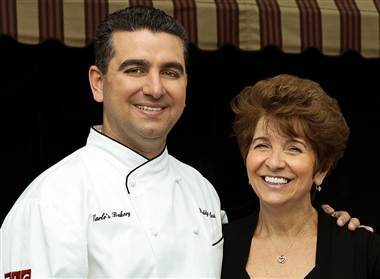







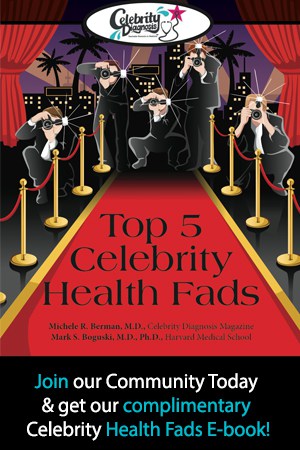
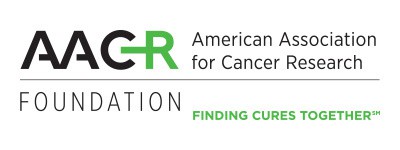

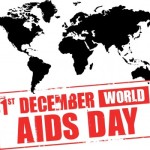
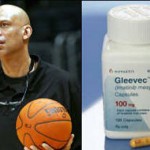







0 comments